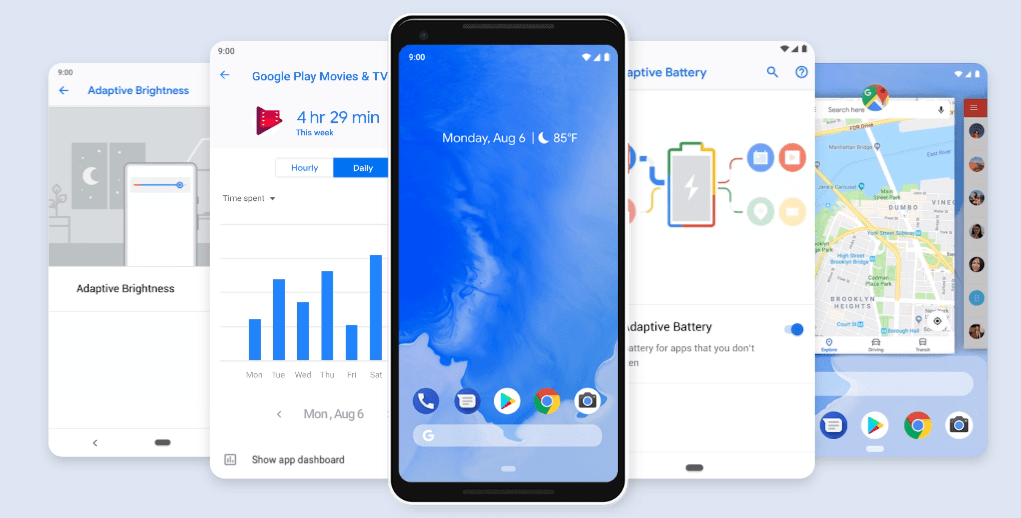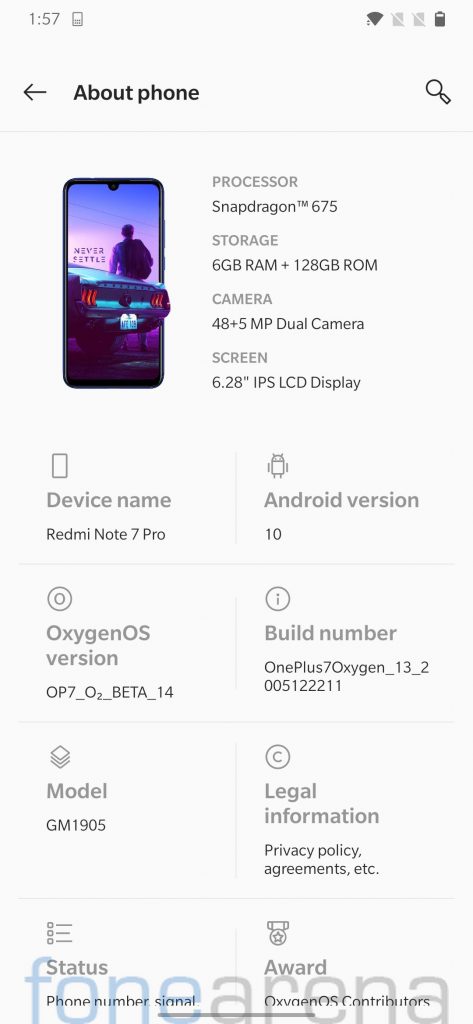Android as a platform is crazy customizable. The Android OS hand users the freedom and flexibility to change quite a number of things they don’t like on their device. This has led to the rise of third-party launchers, icon packs among many other customization tools.
Today, there are countless custom launchers. Likewise, many OEMs include features to tweak your experience even further, at least cosmetically. In this guide, we explain everything you need to know about custom ROMs.
What are Custom ROMs and Ported ROMs
If you wanna go one level further in your Android customization, you’ll enter the realm of custom ROMs. These are after-market firmware for popular devices that are built and maintained by the developer community. LineageOS, Resurrection Remix, Pixel Experience, and Evolution X are just a few of the popular custom ROM makers we have today.

But all these custom ROMs are based on the Android Open Source Project (AOSP). Stock Android, that is. Whether stock Android is still the best flavor is a debate for another day. Other OEMs’ custom skins (e.g. Samsung’s OneUI, OnePlus’ OxygenOS, and so on) offer more comprehensive Android experiences compared to AOSP ROMs. This has led to the rise of Ported ROMs.
Essentially, a ported ROM is a firmware built by an OEM for a device but modified to run on another similarly spec’d device.

Say you’re in the market for an aftermarket firmware for your device, which should you go for? A custom ROM or a Ported ROM? Let’s have a detailed look at both options and what they offer.
Custom ROMs
Custom ROMs have been a part of Android from the very beginning. I have fond memories of flashing CyanogenMod ROMs on my old Huawei IDEOS as early as 2011-2012.
For the most part, the constituents are the same: take the Android Open Source code, add a bunch of features to differentiate your ROM from your buddy’s and that’s it!
Today, there is no shortage of Custom ROMs. A quick scroll through developer platforms like XDA and you’re bound to get a custom ROM for your mainstream device.
Pros of Custom ROMs
1. Get More Life Out of Your Device
From the very start, Custom ROMs offered users a way to extend the life of their devices past the official supported period. Your device isn’t eligible for an official build of Android 11 yet? Well, install an Android 11 custom ROM!
Since many mainstream custom ROMs receive regular updates, often monthly security updates with bug-fixes and more. This is a sharp contrast from the complacency of certain OEMs in pushing out timely updates.
2. Bloatware for Who?
Android OEMs still insist on jam packing new devices with bloatware, some that are uninstallable. Slap a custom ROM on your device and you’re sorted. No more ads on your Xiaomi or Infinix device.
3. Speedy/Lightweight System
AOSP ROMs are lighter than any custom out-of-the-box Android skin from phone makers. So, this is a good way to get a little more performance out of your moderately powered device.
4. Get a New Phone, Without Getting a New Phone
Custom ROMs offer a whole new smartphone experience. If you’re bored with your OEM’s skin, install a custom ROM to spice things up.
Cons Custom ROMs
1. Your Warranty Is Now Void
Well, first of all, installing a custom ROM means you’re wiping your device’s system memory; manufacturers don’t want you to do that. You’re voiding your warranty by doing this.
2. No Ninjas Allowed
Some banking apps don’t work well on certain ROMs. Also, apps like WhatsApp won’t give you official support if you’re running a custom ROM. In the same breath, some certifications like Widevine L1/L3 are finicky on custom ROMs. This means that not all of your apps will work well.
Honestly, there are no real downsides since most of the issues early with custom ROMs have since been ironed out in modern times. Even the above-mentioned issues can be fixed with a few steps.
Why Would You Want a Ported ROM
Well, many mainstream devices are spec’d very similarly. I mean, if it’s a flagship, you know it’ll have the latest Qualcomm Snapdragon chip, 6 — 8GB of RAM, and so on.
1. Get a Different Phone Running on Your Phone
Ported ROMs make your device seem like a blank slate on which you can install whichever operating system you want— since the hardware requirements are met by design.
2. Custom Roms Are All the Same; Give Me Something New
You might want to install a Ported ROM on your device if you feel all custom ROMs are the same. If we’re being honest, they actually really the same — to some extent. It’s all AOSP.
3. Is Stock Android Still the Best Flavor?
OEM skins now offer very wholesome Android experiences and maybe you just want to try out OnePlus’ new software or Samsung’s One UI on your device.
4. Get Device-Exclusive Features on Your Device
Installing an appropriate ported ROM could give you access to device-specific features. For example, installing a Pixel ROM on any device gives you access to Google Assistant 2.0. OxygenOS Ports give you features like Parallel Apps and Zen Mode by default.
Downsides of Ported ROM
1. Good Luck Finding a Ported ROM for Your Device
Ported ROMs are not as ubiquitous in the Android community as custom ROMs are. Therefore, you stand a higher chance of getting a custom ROM for your device than finding a (compatible) Ported ROM.
2. No OTAs for Ported ROMs
Additionally, many custom ROMs are mature enough to offer over-the-air (OTA) updates to devices. You won’t be getting any OTAs on a non-OnePlus device that’s running OxygenOS. This means you should rule out Ported ROMs if you’re looking for a daily-driver ROM.
3. No Hardware-Dependent Features
Some features are hardware-dependent, so you can’t use them on a Ported ROM. For example, you can install a Pixel 4 XL Ported ROM on your Xiaomi device but you won’t have access to the Soli-chip features because that hardware is exclusive to the Pixel 4 XL.
Custom ROM vs Ported ROM: Final Words
Stability and bugs, which were issues synonymous with custom ROMs of yesteryears, are old news today. Ported ROMs are also far more stable than we give them credit for. This is probably due to initiatives like Project Treble that separates low-level Android functions like kernels from the upper-level, user-facing features.
If you have an opportunity to try out a Custom ROM or a Ported ROM on your device, we would totally recommend that you do.
Also, if you use your device as your daily driver, please stick to mainstream custom ROMs like Pixel Experience, LineageOS, Evolution X, and so on. Ported ROMs are inherently experimental and while they work well, the lack of continuous support is a painful pill for most.
Would you use a custom ROM on your device? Or are Ported ROMs your thing? Tell us in the comments section below.












